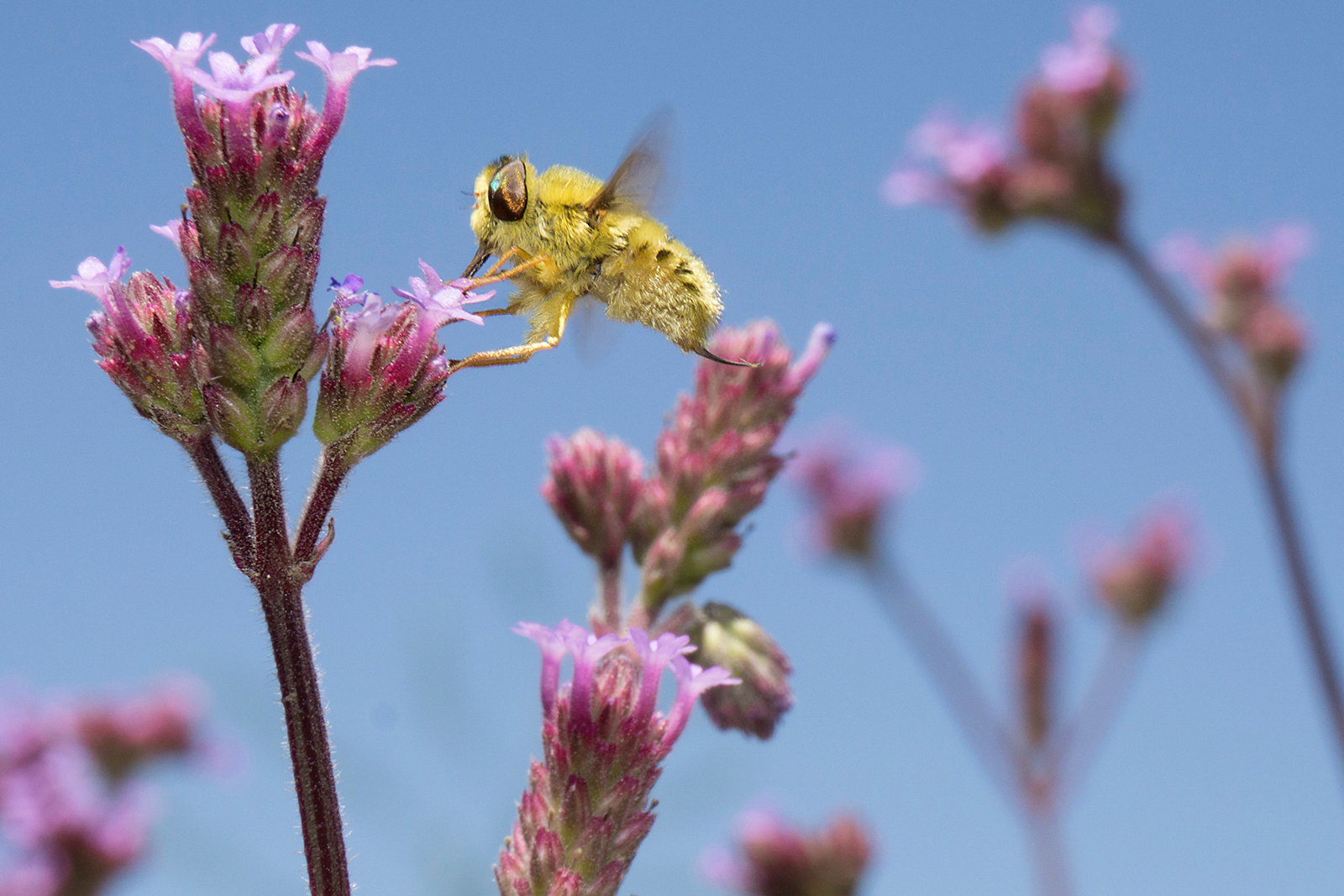A sustainable green environment is a self-supporting and evolving ecosystem. Its biodiversity increases and adapts to the changing world around it. In short, it deals with the problems it faces in a natural way causing no damage to the wider environment.
The single most important part of this process is the care of the soil. Healthy soil supports a myriad of life and in doing so allows life to evolve and mutate in a natural way. The health of the soil makes the plants stronger and better able to fight back against pests and disease. As climate change affects our weather patterns, these problems will become more manifest. A crucial factor in creating healthy soil is compost.
We are producing organic compost by recycling all green waste materials, thus saving and reusing vital nutrients and minerals in a cyclical way as nature intended. Not only does this save us money, but we can also ensure it’s the best quality. This is perfect for all the new plants we grow in our greenhouses, many of which will be planted in the garden. In the future, we hope to recycle the green waste produced by the street traders on Hoxton St, and by some residents.
As part of the biodiversity action plan, we’ve introduced new habitat areas based around woodcuts from the trees. By saving and stacking the cut logs we have created microhabitats for fungi and invertebrates. These provide both a living environment for insects and a food source for birds.
Insects are a large part of the activity in our garden; from ants and beetles at ground level to butterflies, hoverflies and bees amidst the flowers. Although their movements and actions often go unnoticed, when we look harder we can see a bustling example of connectivity and exploration. The roles they play in the garden vary from tidying up to pollination, they lift, carry, crawl and climb, flying and feeding on plants and their debris. Each small action is part of a bigger one, a micro-climate of interaction and biodiversity under our noses.
In the corner near the picnic table, you will see a growing pile of old logs and woody waste. This is a habitat for beetles, centipedes, millipedes, ants, woodlice and fungi. This in turn will attract birds and spiders who will be fed on the rich diversity of species.
Behind the woodpile is our compost area and this too is full of insects and earthworms. The heat produced during decomposition attracts a wide range of inhabitants who settle down to feed and breed in comfort.
The species diversity in our plants ensures a growing number of insects can find a happy home in the garden and as they increase in number the garden becomes a richer environment for all.
Plant species now count at 180 + including thirty-four different trees, we also have frogs, hedgehogs and foxes and increasing diversity of birds.
We have started to Naturise one third of the garden, planting many new saplings and fruit tress while allowing a huge range of flowering plants which humans call weeds to produce blooms. This has dramatically increased the diversity and numbers of insects within the garden and with careful management our delicate control of these plants stops aggressive dominant varieties from taking over.
If you would like more information on the biodiversity action plan or want to get involved, please email Stephen, our Community Gardener at stephen@hoxtontrust.org.
